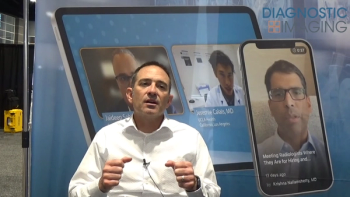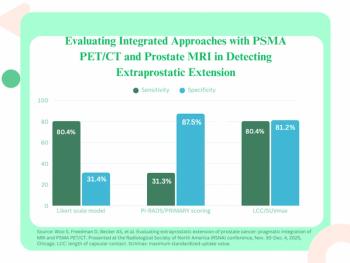
Medicare Spending on Imaging in Decline, MITA Says
Medicare spending on medical imaging continues to decline and that Medicare patients are receiving fewer imaging procedures, according to a new analysis of Medicare data released Nov. 17 by the Medical Imaging & Technology Alliance (MITA).
Medicare spending on medical imaging continues to decline, and Medicare patients are receiving fewer imaging procedures, according to a new data analysis released this week by the Medical Imaging & Technology Alliance (MITA).
The MITA analysis found that spending on imaging services for each Medicare beneficiary has fallen 13.2 percent since 2006, when significant imaging-specific reimbursement cuts from the Deficit Reduction Act took effect. Imaging utilization per beneficiary declined by 3 percent in 2010.
Spending for non-imaging Medicare services has grown by 20 percent since 2006 and utilization increased 2 percent in 2010, MITA found.
“This analysis confirms the downward trend in both imaging spending and utilization in Medicare that has occurred in recent years. The assumption that life-saving diagnostic imaging and radiation therapy are increasing health care costs is simply not true,” said David Fisher, executive director of MITA.
The analysis also found that imaging is now a smaller portion of Medicare spending than it was a decade ago.
Congress and the Administration have cut imaging reimbursements seven times in six years, with payments for some services being reduced by more than 60 percent, including bone density screenings, arm and leg artery X-rays, and MRIs of the brain, MITA said.
“Current evidence, including this analysis, debunks the myth that imaging is significantly overused and somehow responsible for escalating healthcare costs. Unlike other areas of medicine, imaging utilization and spending are on the decline,” said John A. Patti, MD, chairman of the American College of Radiology Board of Chancellors. “According to these data, the goal of bending the cost curve has indeed been achieved for medical imaging. Any further reductions would represent socially irresponsible policy.”
Newsletter
Stay at the forefront of radiology with the Diagnostic Imaging newsletter, delivering the latest news, clinical insights, and imaging advancements for today’s radiologists.




























